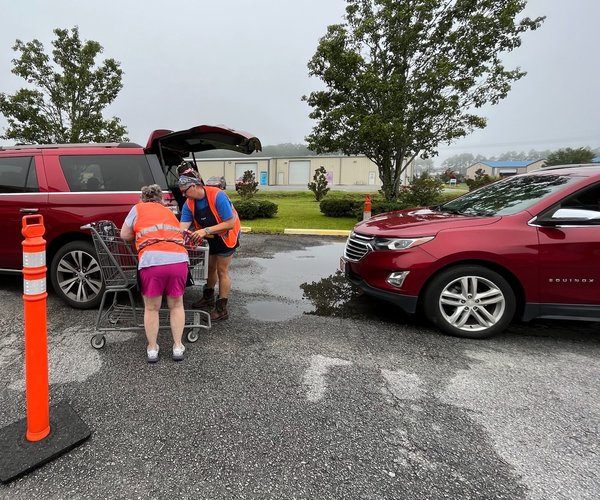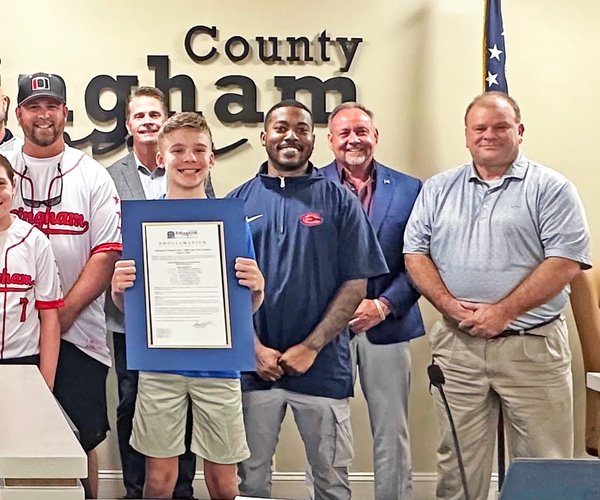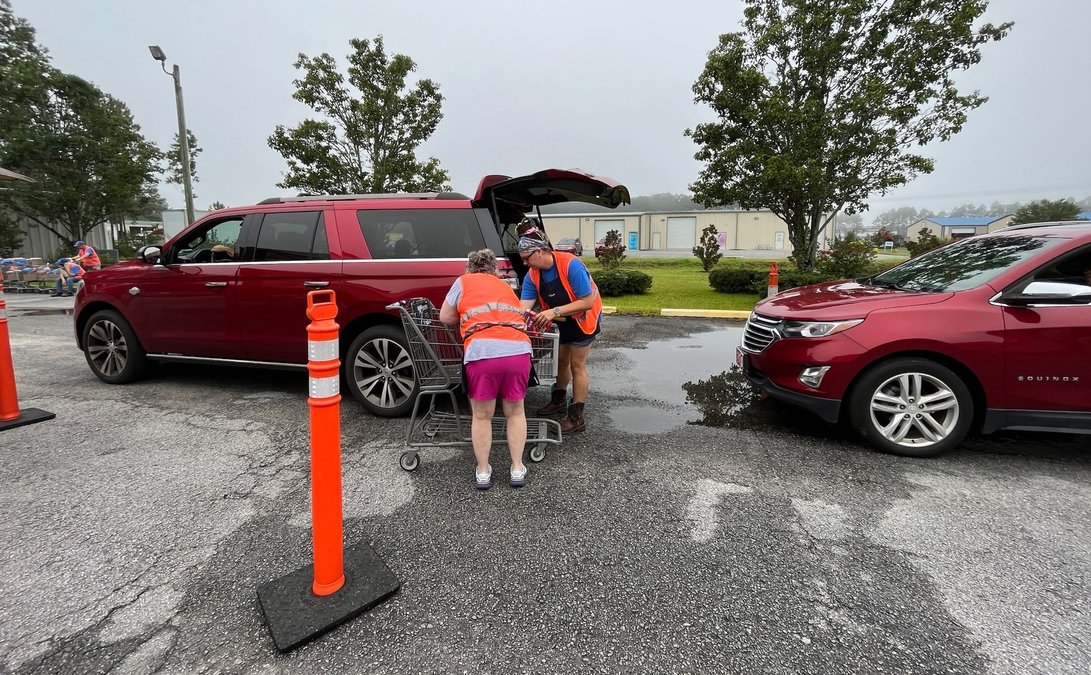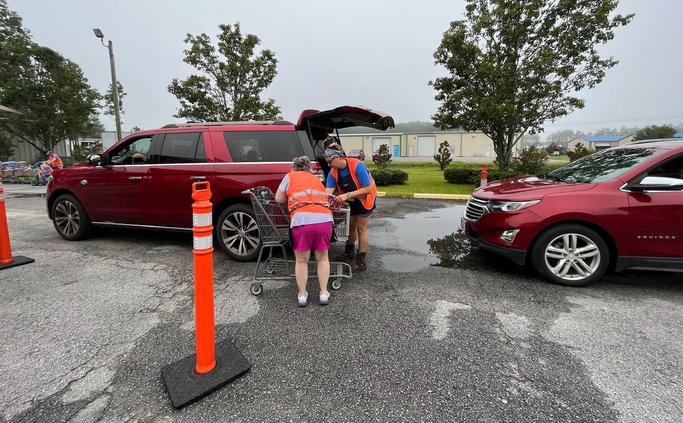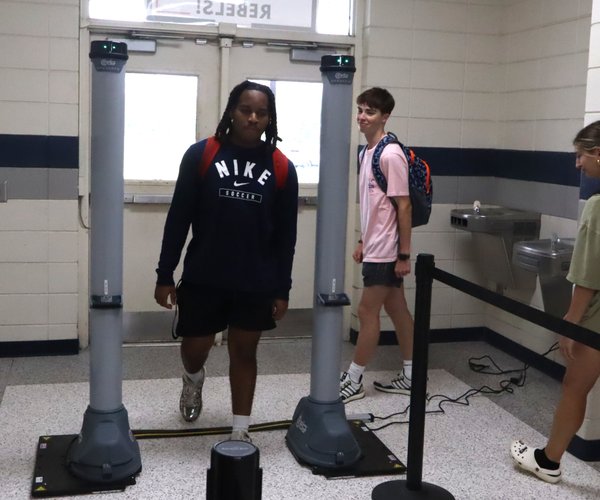By Blake Carter, ANR Agent, UGA Extension

The Georgia Department of Agriculture eradicated a yellow-legged hornet nest and queen on April 8. This was an embryo nest, reported by a citizen, located at a private residence in the Savannah area.
On Saturday, April 13, a homeowner in the Savannah area also successfully located and eradicated a yellow-legged hornet embryo nest and queen. This marks the sixth and seventh nests found in Georgia and the eighth found in the U.S. since they were discovered in August 2023.
According to the Georgia Department of Agriculture, the yellow-legged hornet is an invasive species native to tropical and subtropical areas of Southeast Asia. If allowed to establish in the United States, yellow-legged hornets are a threat honeybees and other native pollinators.
For more information click on the Georgia Department of Agriculture website at: Yellow-Legged Hornet | Georgia Department of Agriculture
Update for Effingham
Thank you if you have called our office recently inquiring about them. That is a good place to start if there were any here. Currently, there have been no confirmed sightings or run-ins with the yellow-legged hornet in Effingham County. Unfortunately, I cannot share the same about our neighbors to our south in Chatham County. I also want to mention that with the cicadas coming you may see an increase in cicada killer wasps that have yellow on them as well. These will be significantly larger than the yellow-legged hornet.
The mated yellow-legged hornet queens will overwinter (similar to hibernation) and emerge in the spring to find a food source, establish an embryo nest, and begin producing workers. As the colony grows, it forms a larger secondary nest in the summer months. From what we’ve seen, these secondary nests tend to be positioned 80-100 feet up in trees. In contrast, the nests located and removed on April 8 and 13, were still in their early stages. These early nests, also called Stage 1 or embryo nests, range in size from a ping-pong ball to a tennis ball and are often found in sheltered spots like the eaves of buildings.
Update by the numbers:
Total traps deployed (Aug. 2023 – April 2024): 224+
New traps deployed or removed: 54+ deployed | 0 removed
Hornets found (Dec. 2023 – April 17, 2024): 12
Nests found (Dec. 2023 – April 17, 2024): 2
Nests eradicated (Dec. 2023 – April 17, 2024): 2
Total nests found and eradicated (Aug. 2023 – April 2024):
- GDA: 6
- Homeowner: 1
- Total: 7
If you come across a nest, take a photo and report it using the online yellow-legged hornet Report Form https://survey123.arcgis.com/share/7b8255c0dbbd41daadd269d0ae2eb36a or email yellow.legged.hornet@agr.georgia.gov.
You can also contact the Extension office at uge3103@uga.edu or 912-754-8040 and send pictures. If you attempt eradication yourself, please ensure the queen is also eradicated. Simply destroying the nest is not enough. I also highly recommend to not go this route, without discussing with GDA or myself. Remember these are hornets, after all, and may sting you.


